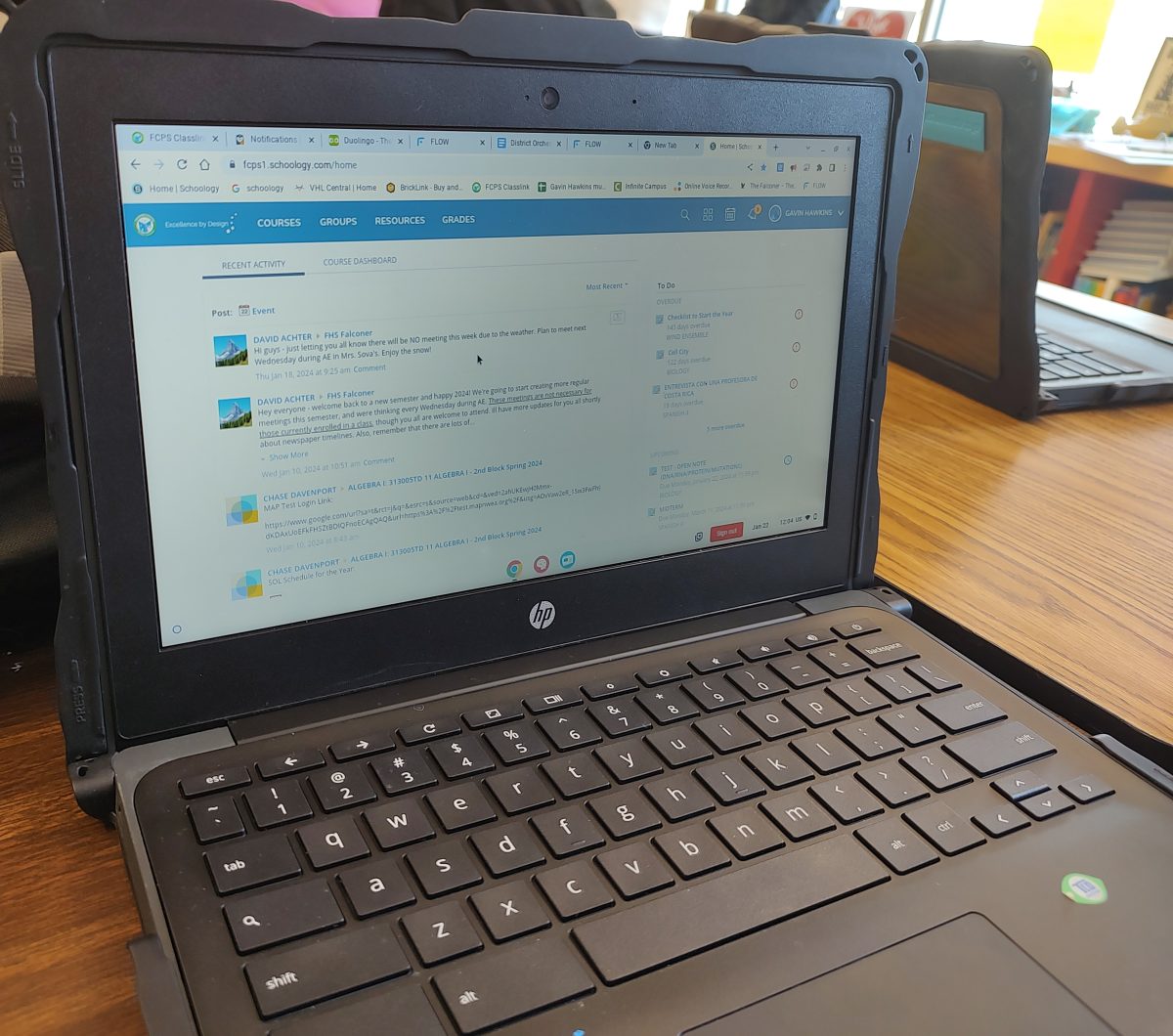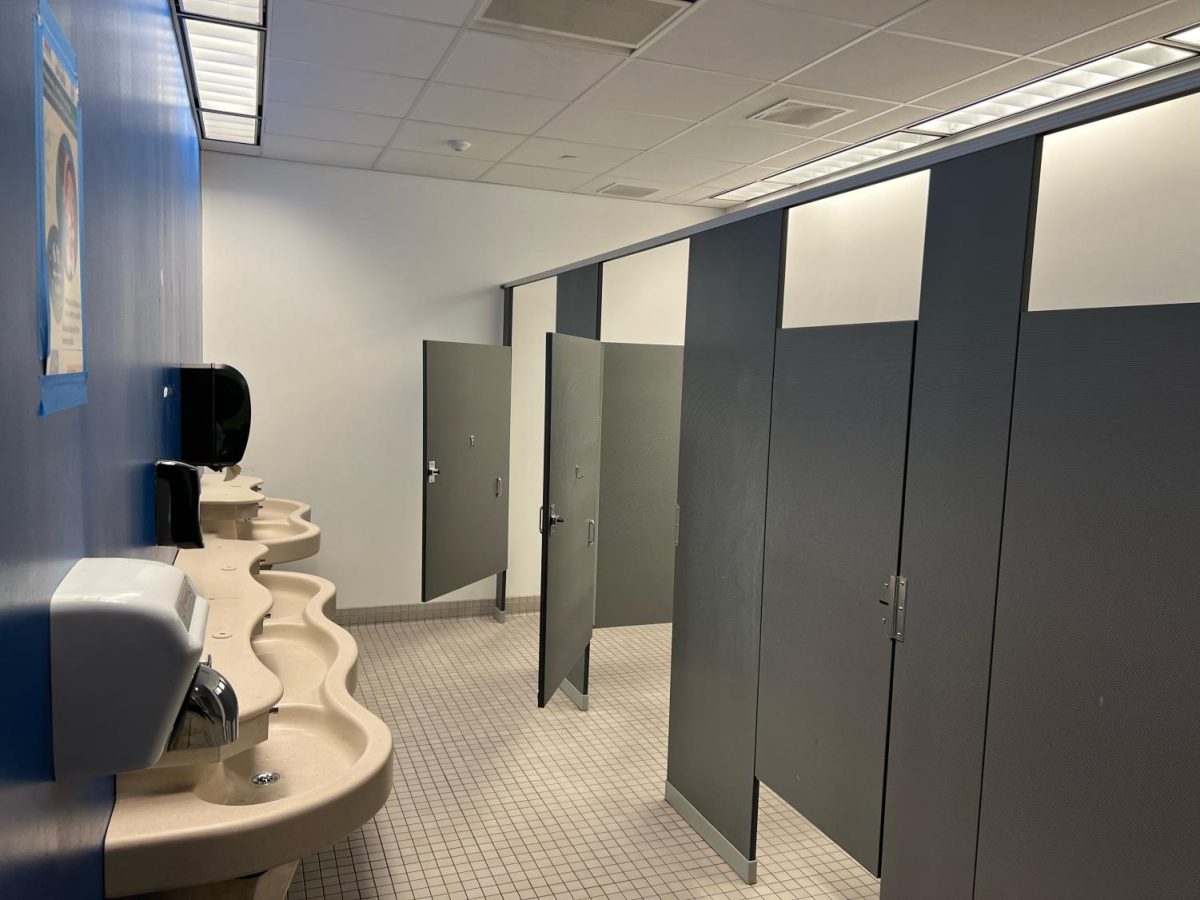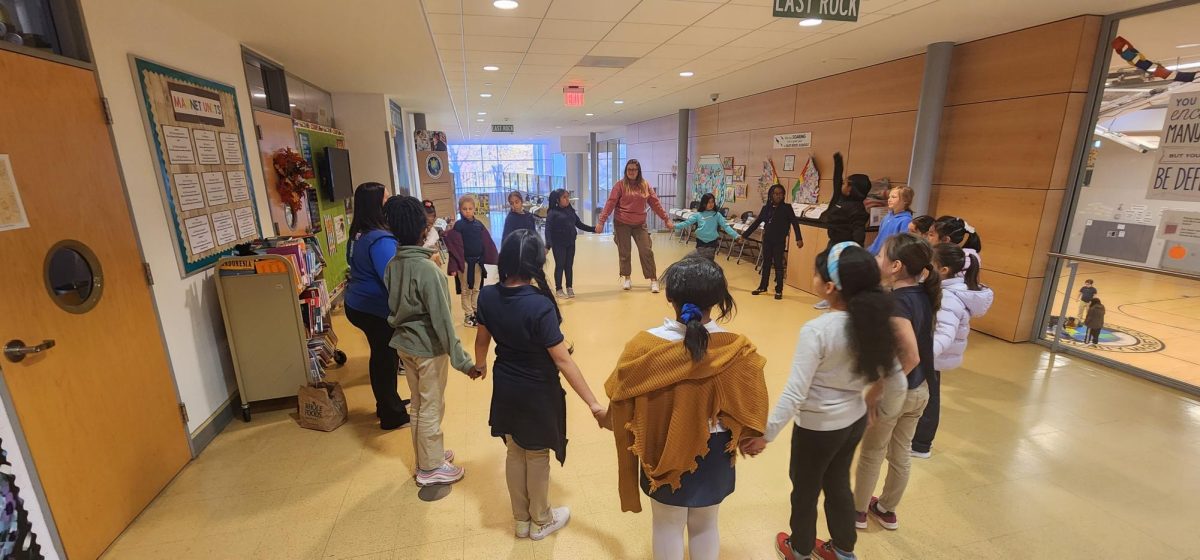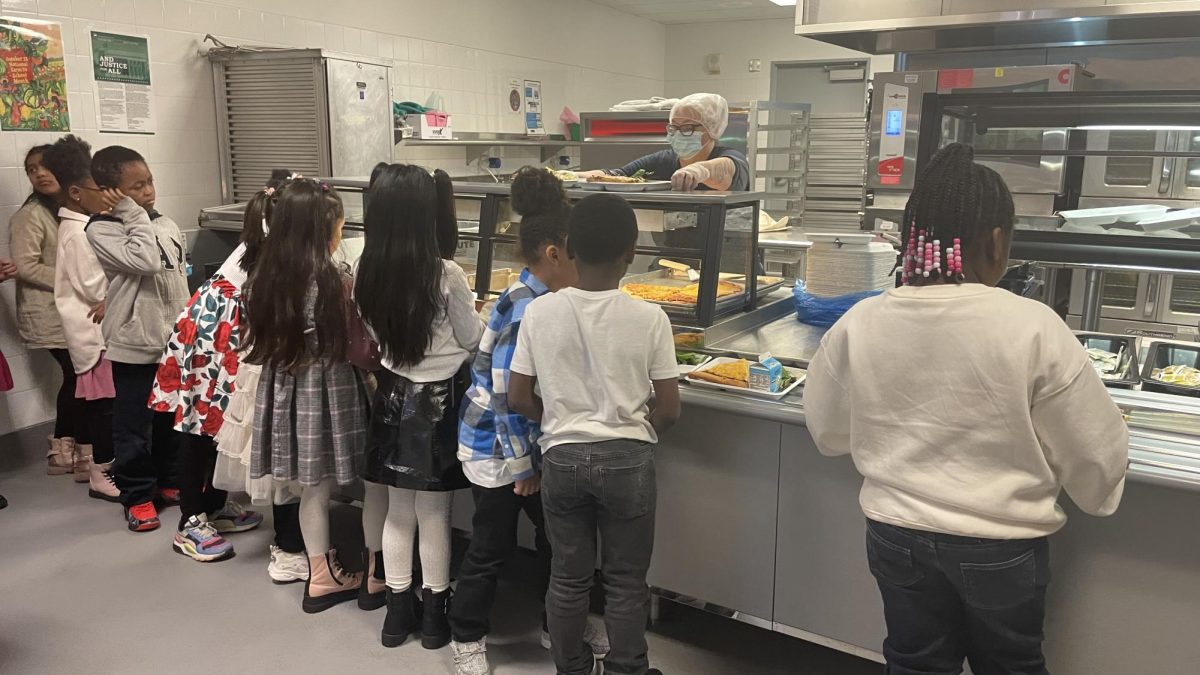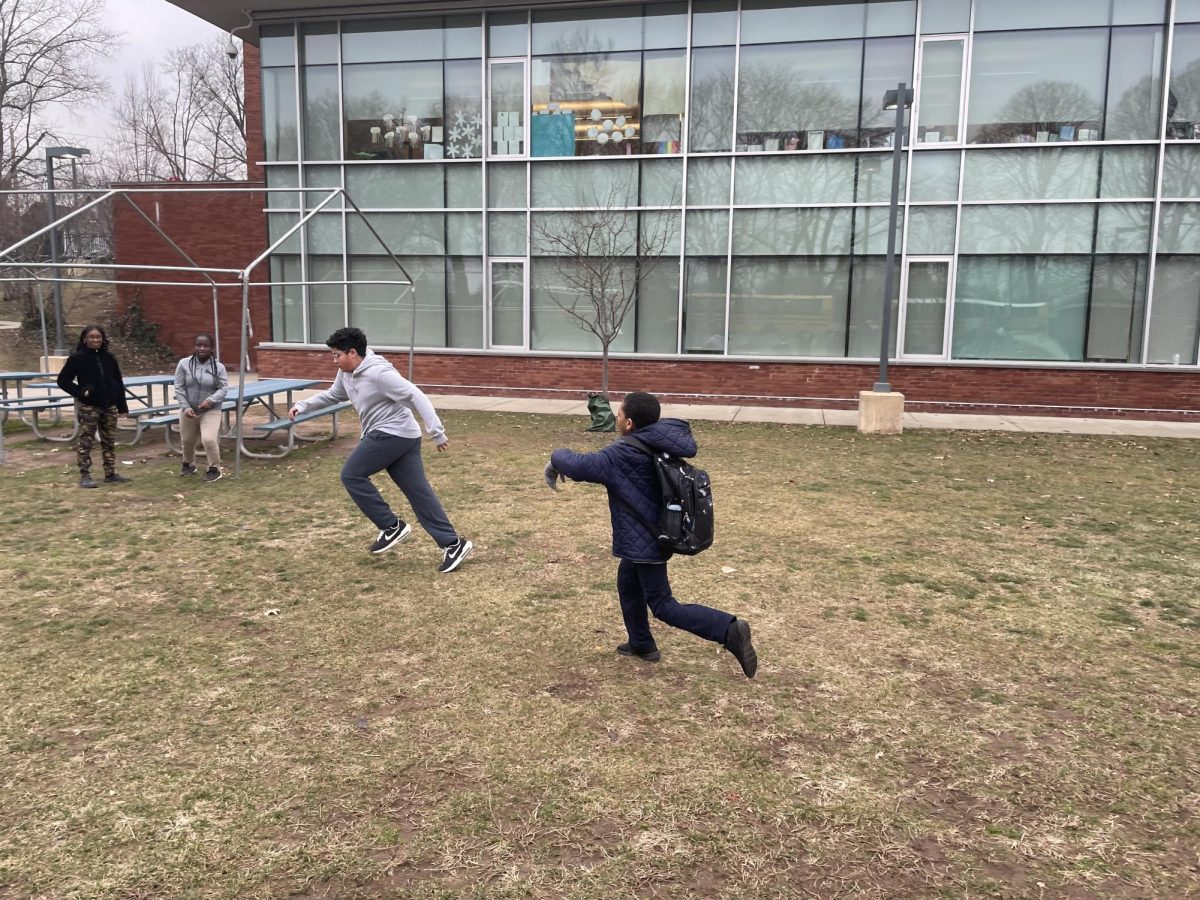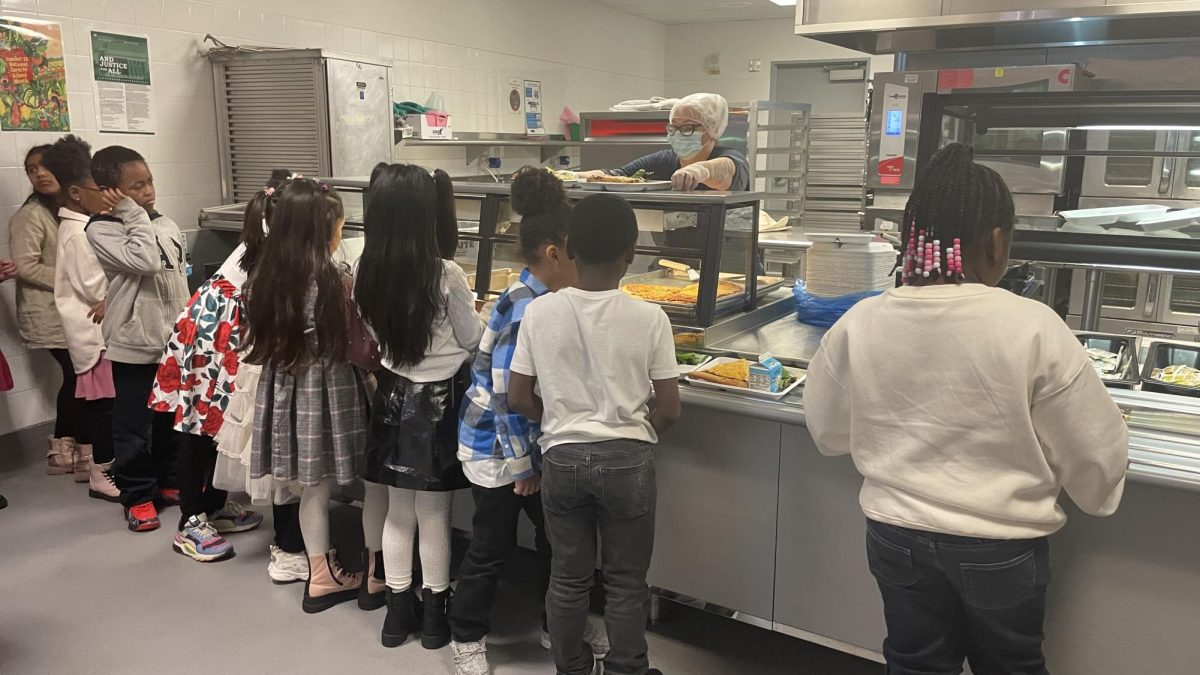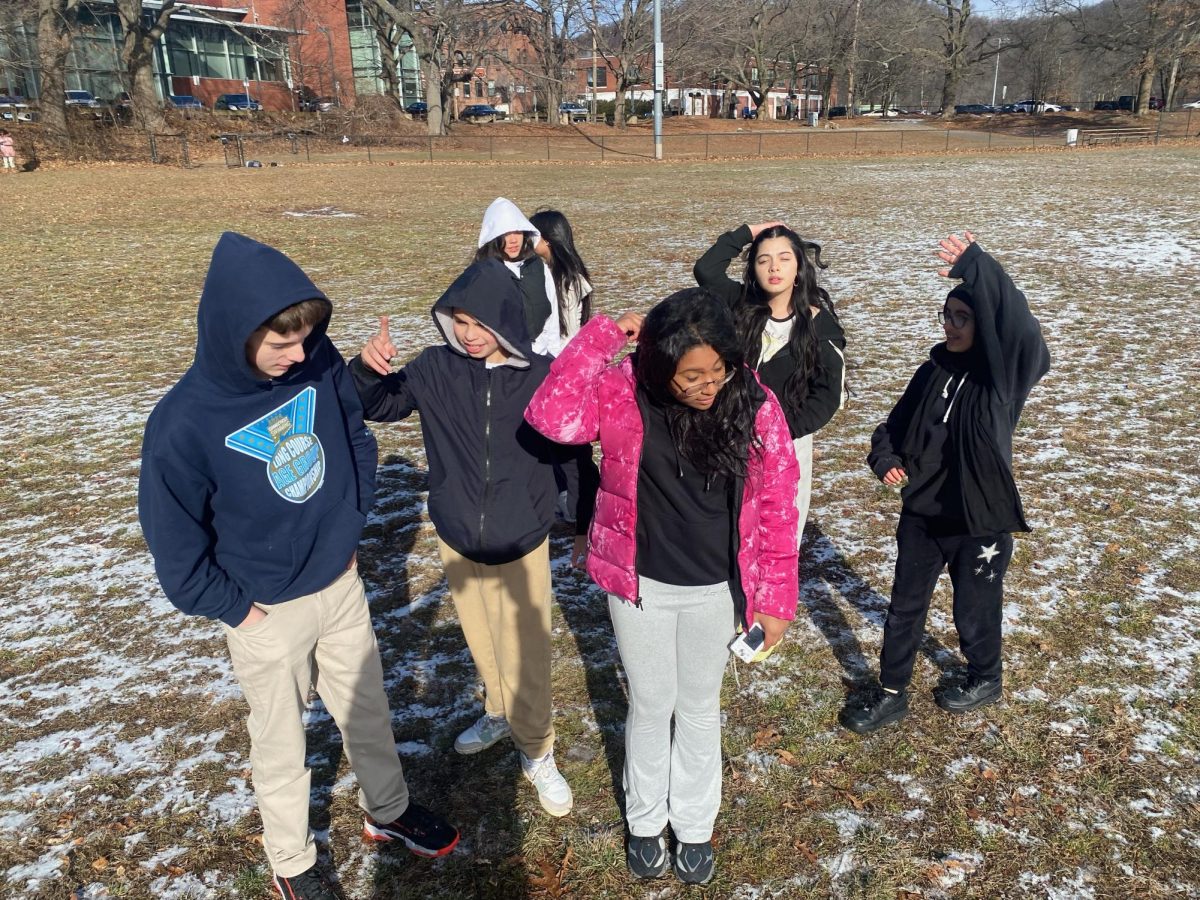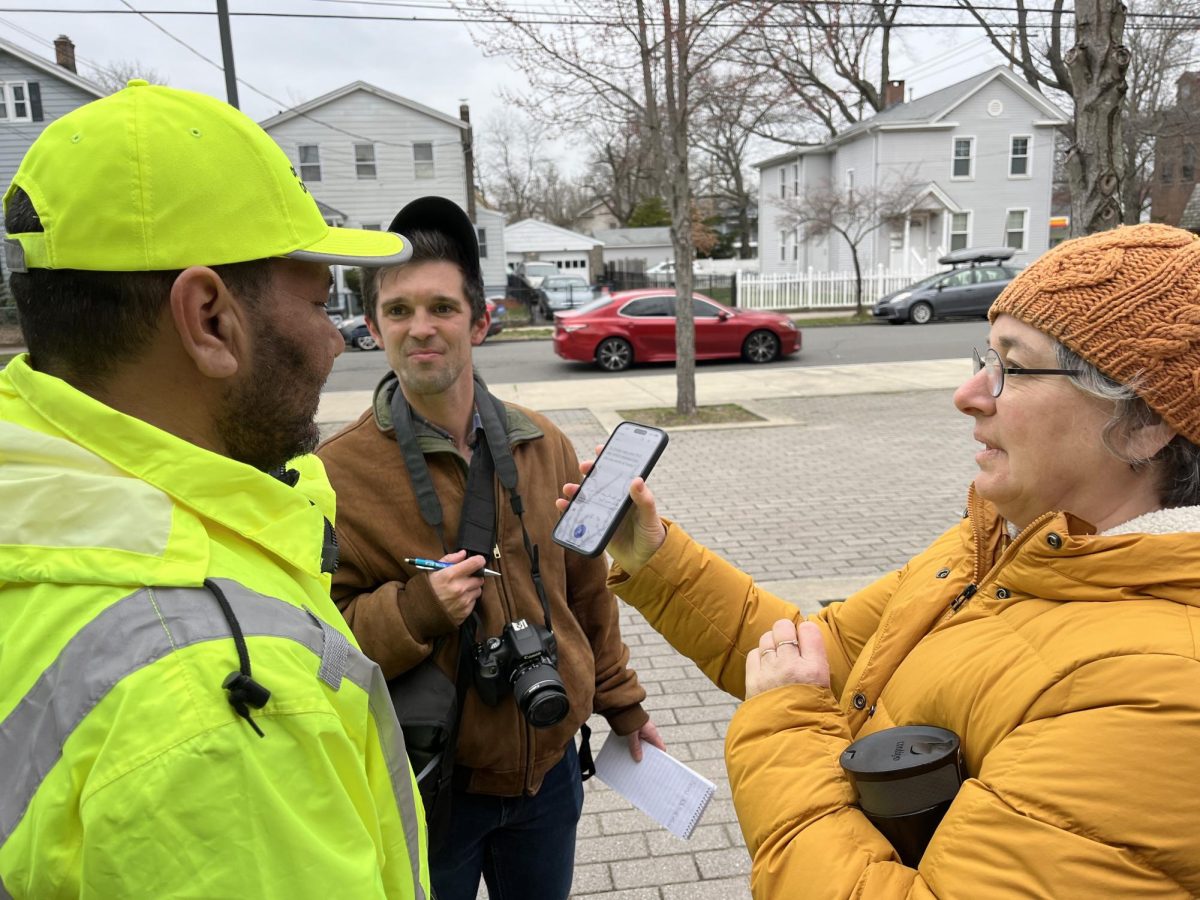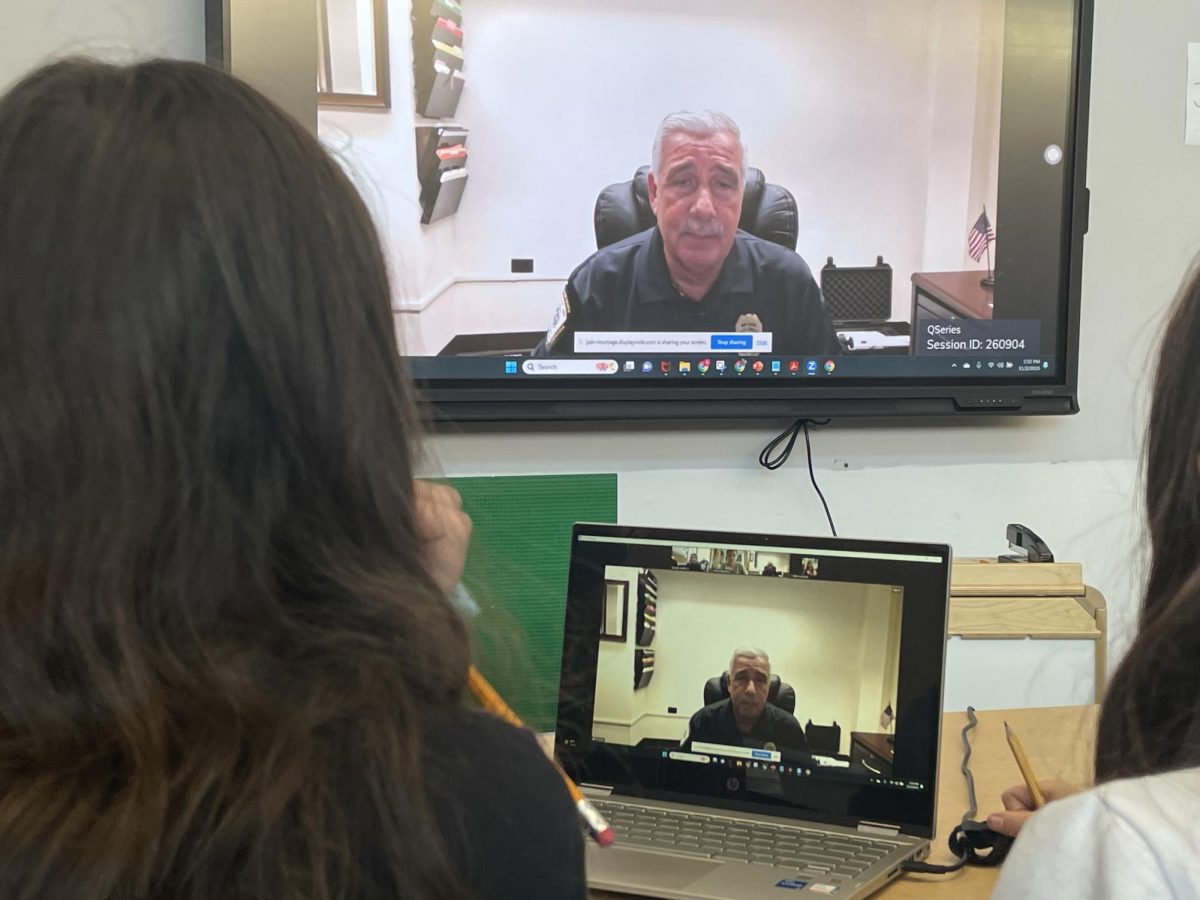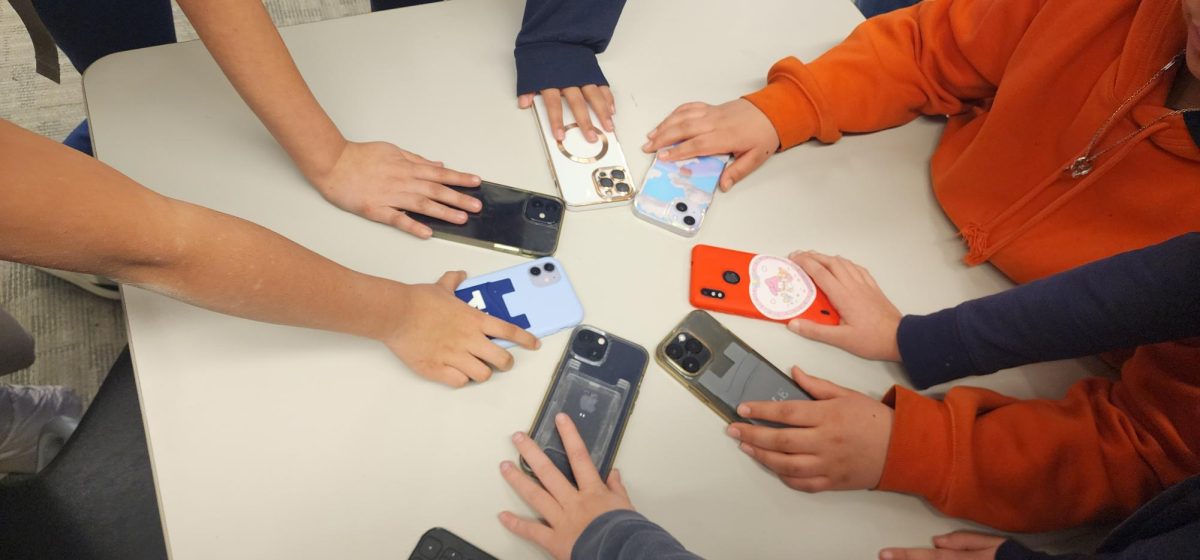Edited by Nicole Manning
Imagine you’re in the middle of a big test and you hear a loud fake Android ringtone or a “wet fart” noise. What!?! Why!?!
Yes, this can happen when kids in school get access to sites they shouldn’t be on at times when quiet is needed.
Don’t be surprised, but some students go on inappropriate websites during school. As soon as a teacher leaves the room, students sometimes start playing weird, disturbing sounds on their Chromebooks. When the teacher steps back in, the student quickly closes the tab.
This can even happen when a teacher is in the room. For example, it happened in a fifth grade classroom at the East Rock Community & Cultural Studies Magnet School. We need computers, the Internet and maybe even social media. But it’s having an effect in school.
“An app in the wrong student’s hand can ruin a whole class,” said East Rock School Principal Sabrina Breland. Apps that make weird and surprising sounds make it hard for other students to focus. When one student makes sounds with their computer it takes the whole class’s attention away from a test or lesson.
According to the East Rock Record Fall 2024 Survey, 15 percent of students admitted to going on social media at school when they were not supposed to. Nearly one in five students reported that social media made them feel badly about themselves.
Not surprisingly, bad behavior on computers in school, along with social media, brings distractions into the classroom. Sometimes students see videos online of other students making weird sounds with their computers and think it is humorous so they do it, too.
“A lot of students copy what they see on the internet. It makes me sad because it is not good,” said Valamae Jenkins, a family therapist at Wheeler Health in New Haven, and a former East Rock Record reporter who visited in the fall.
To deal with the problem, East Rock School recently got software called GoGuardian. It allows teachers to see students’ computer screens and even close tabs on a student’s Chromebook. Amy Binkowski, a 6th grade teacher, said it has been very helpful.
“I am so glad GoGuardian is back, because it is easier to monitor what my students are doing and make sure they are doing the right thing on their computer,” said Ms. Binkowski.
Teachers can now respond when students create distractions online during class. But the impact of social media on student’s lives happens inside and outside of the classroom.
Some kids bully other kids because of what is happening in their real life. If they are already in a bad mood, something on social media could make them take out their anger on other kids by doing things they see online. That includes distracting the class repeatedly or using inappropriate language.
Peg Oliviera, director of the Gesell Institute at the Yale Child Study Center and an expert on child development, told East Rock Record reporters that computer use “is changing our brains, [when] you are being offered quick, bright, and loud content it makes us think that is how the world works. Making it hard to calm the brain down.” That is especially true for young children whose “young brains are growing.”
When students are over and over “offered very quick content” that is “bright or constantly changing, what happens is your brain adapts to that environment and begins to think the whole world” should be that way, she said. As a result, she said, “we have to be careful with growing brains.”
On other hand, said Annie Murphy Paul, a science writer and author who contributes to the Hidden Brain podcast, said kids “have so much technology in their lives outside of school, too.” It can be helpful but if it’s brought into school it, she said, “has to be used very thoughtfully and intentionally.”
This is also a problem with what students see online, like when students see violence being treated as “normal” on social media. Social media can also impact how students perceive themselves and other people. If messages go against their religion or another part of their identity, they can feel badly about themselves. It can make kids feel like a washing machine of emotions.
Despite this, it is hard to imagine learning without access to online information. And many times the line between information and social media gets blurry.
“Kids are addicted to social media, but it is also informative in ways,” said Assistant Principal Leslie DePriest. What can start as looking at educational posts can send students down a rabbit hole where they get exposed to content that will not benefit them.
Access to social media does give students a sense of autonomy because they decide how to spend their time and attention. But managing that responsibility takes time to learn. It’s easy for students to go overboard with their social media use, said state Rep. Liz Linehan (D-Hamden) who chairs the Committee on Children.
“I do want there to be protections like a time limit built in, where you can’t do more than 30 minutes a day,” said Rep. Linehan. This would help to limit the student’s time online during the school day.
It does make sense for the school to block websites such as Sound Buttons. But should it be the school’s job not just to stop use of inappropriate websites and apps in class, but to help students learn how to use the internet — and not overuse it?
Using a computer is necessary but can also be distracting. If a student starts playing games on the computer in class, their grade may go way down because they are not focusing on what the teacher says. Ms. DePriest is concerned about students who can’t stop themselves.
“I have had a lot of conversations with middle schoolers who have said they do not want to do anything else,” she said.


